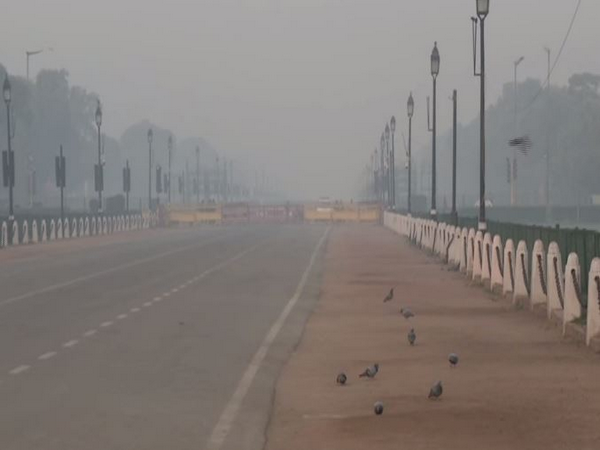
The Central Pollution Control Board (CPCB) states that in the aftermath of the Diwali festivities, Delhi-NCR’s air quality has suffered serious damage, falling into the ‘Poor’ category. The city was blanketed in pollution as a result of the extensive use of firecrackers on Diwali night.
Despite the Aam Aadmi Party (AAP) government’s strict prohibition on firecrackers and the ‘Diya Jalao, Patakhe Nahi’ campaign, images from different Delhi sites on Sunday, including Lodhi Road, RK Puram, Karol Bagh, and Punjabi Bagh, showed a sky lighted with fireworks.
According to CPCB statistics, ‘poor’ air quality was detected near the Lodhi Road area at 5:54 a.m. and the Rajghat area at 6:05 a.m. on Monday. Furthermore, post-Diwali celebrations left behind firecracker rubbish in many locations.
As of 8 a.m., the Air Quality Index (AQI) in different parts of Delhi, as per CPCB readings, indicates Shadipur and Anand Vihar falling under the ‘Very Poor’ category, with AQI readings of 321 and 312, respectively. Wazirpur, ITO, Burari Crossing, and Anand Vihar all register under the ‘Poor’ category, with readings of 281, 263, 279, and 296, respectively.
On November 12, Anand Vihar’s AQI was at 266, RK Puram recorded 241, Punjabi Bagh showed 233, and ITO reported 227, according to CPCB data at 7:00 a.m. on Sunday.
Delhi has been grappling with escalating pollution levels for the past few weeks, with AQI readings reaching the ‘Severe’ category at multiple locations and persisting in toxic conditions. The city government’s recent ban on firecrackers and consideration of ‘artificial rain’ to combat air pollution temporarily eased the situation after unexpected rainfall.
With PM2.5 concentrations rising to 20 times the WHO threshold, the capital’s air quality has been at an all-time low since late October. In response, the city government has ordered the closure of primary classes and restricted truck entry.